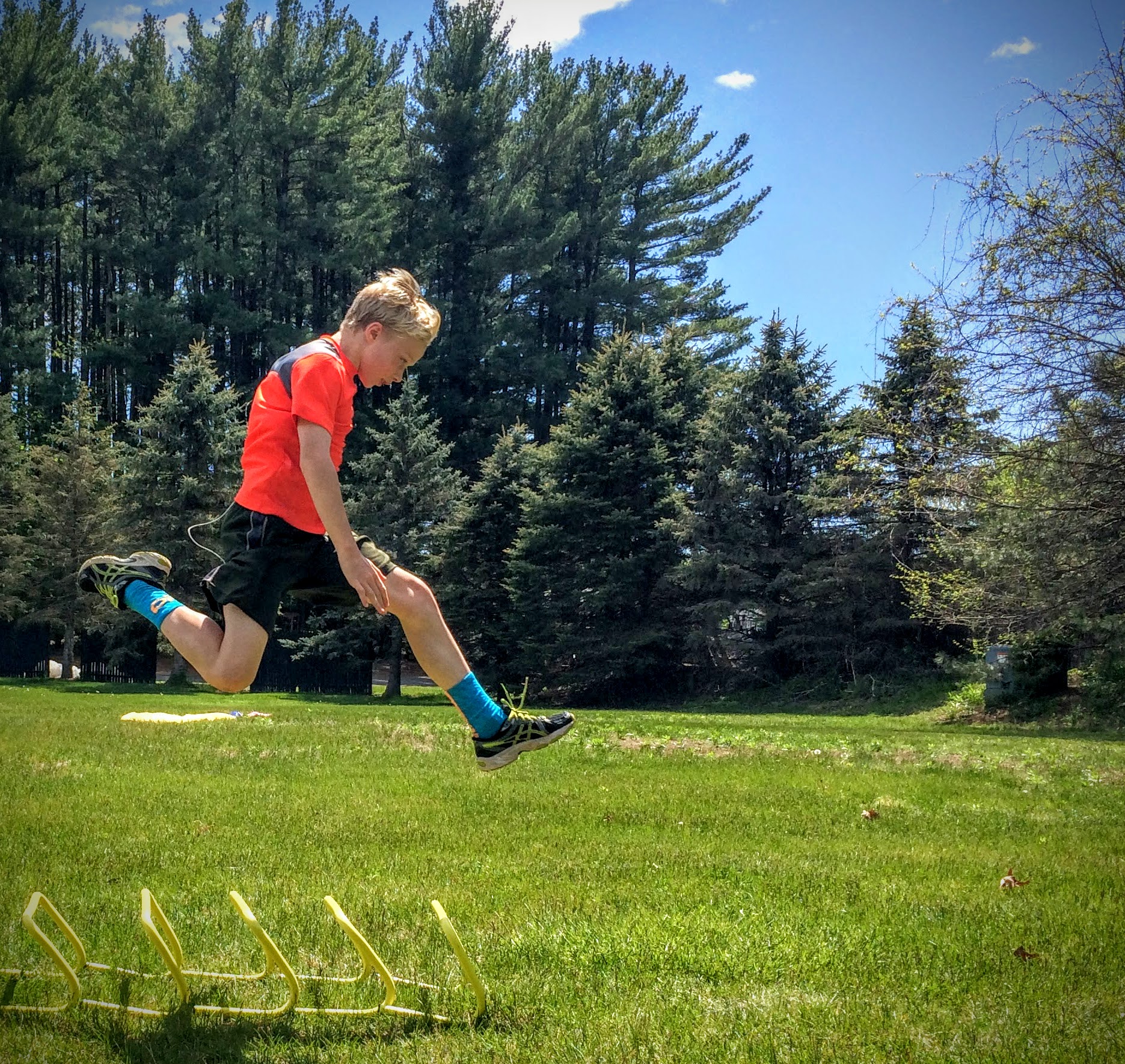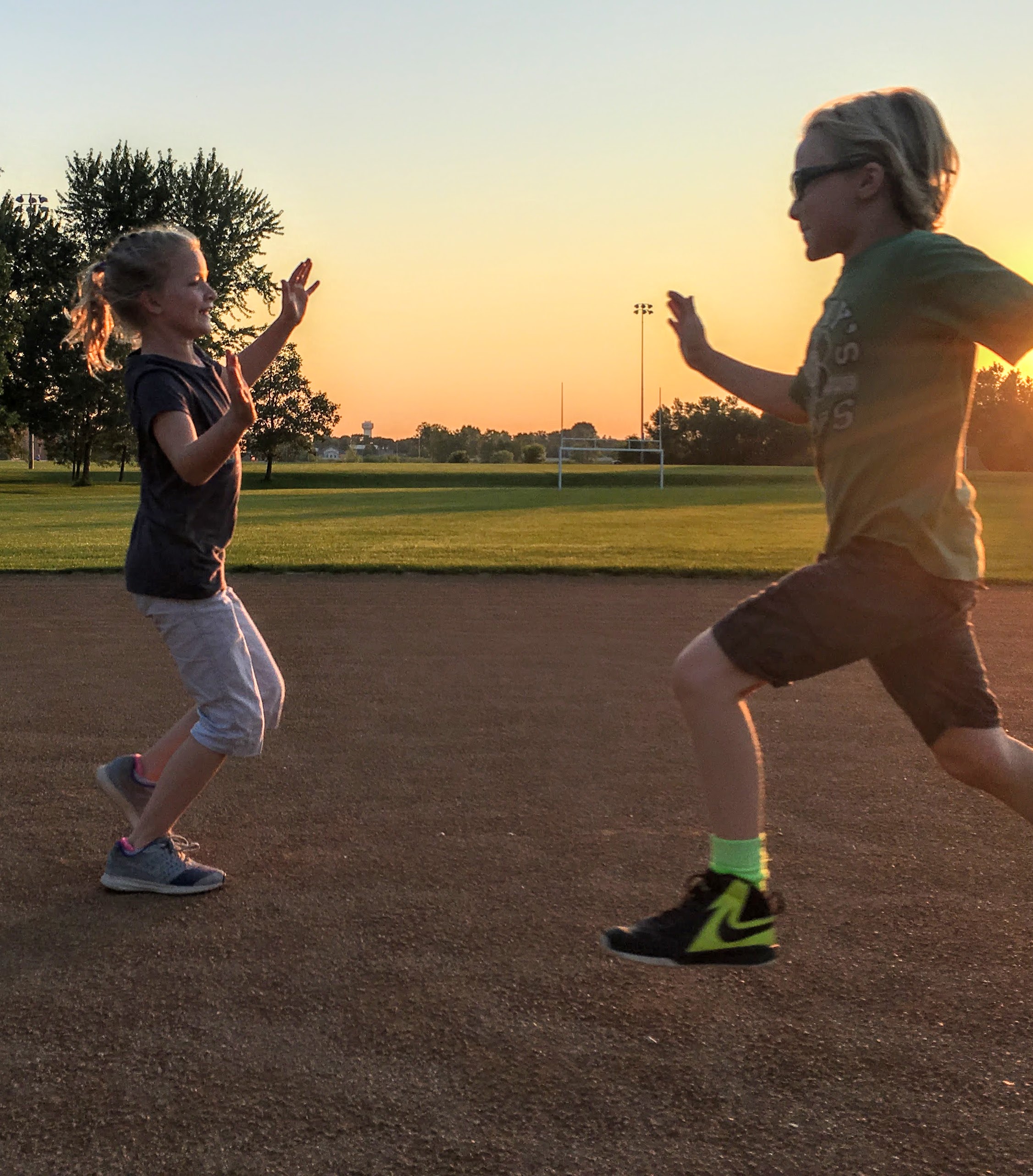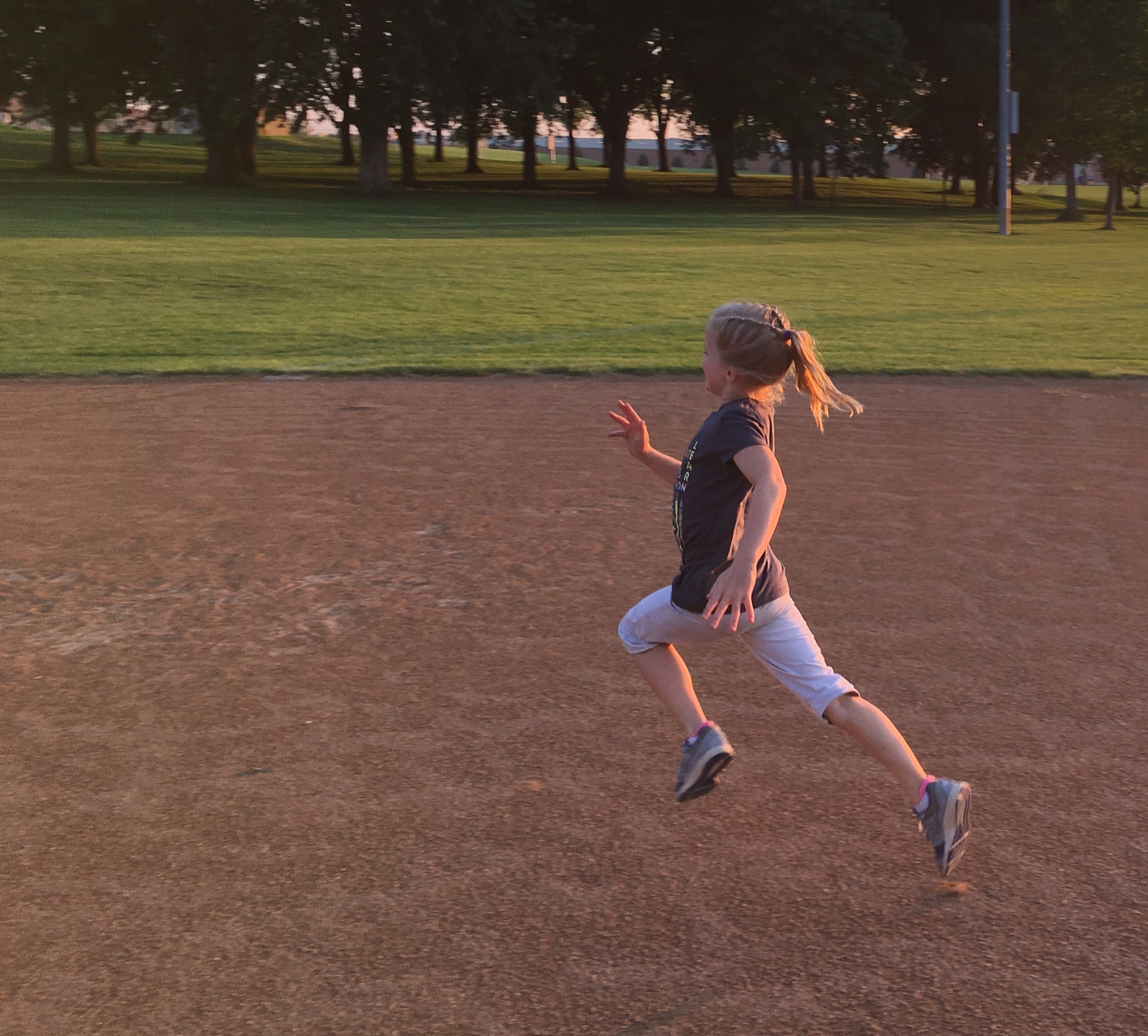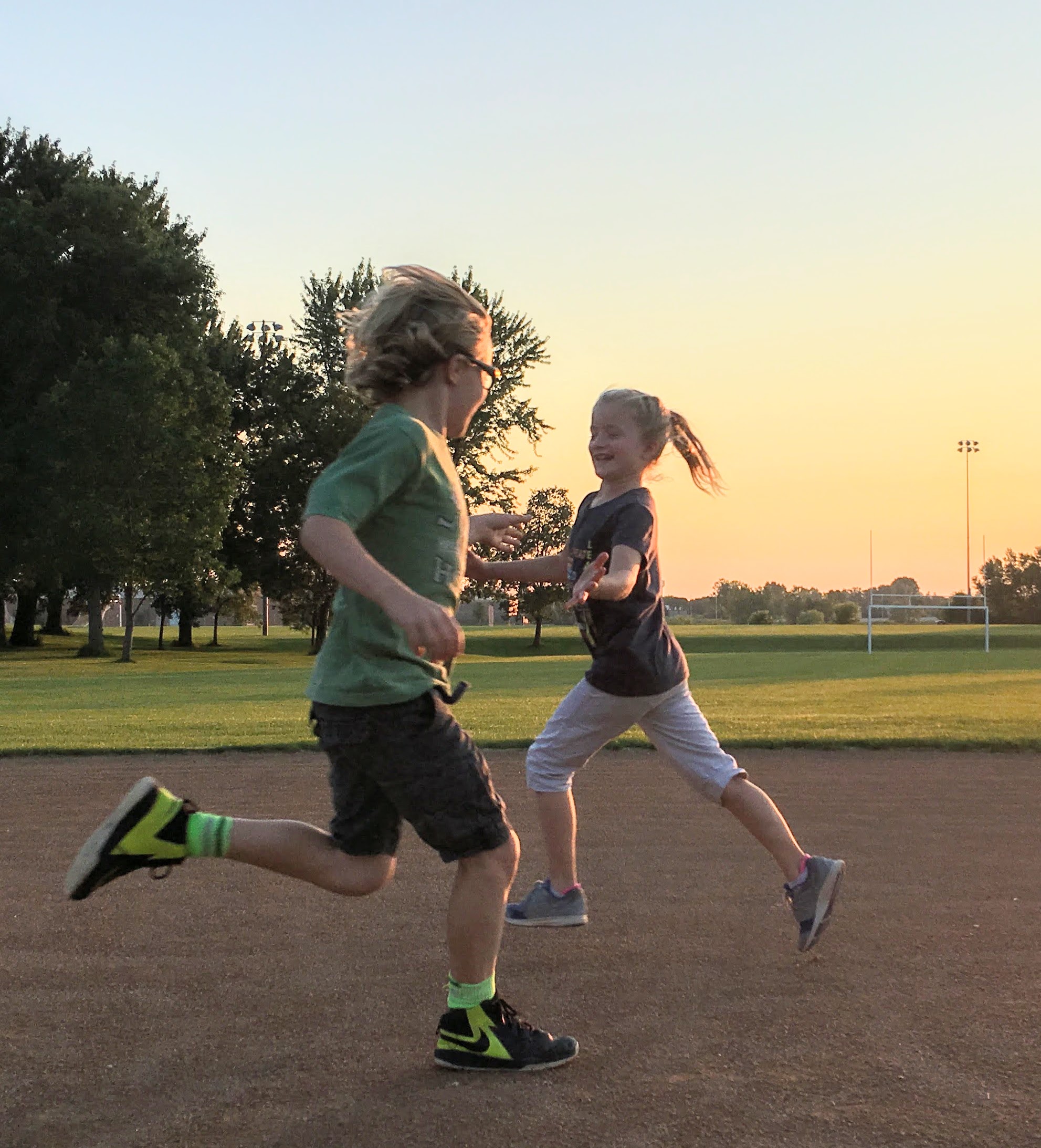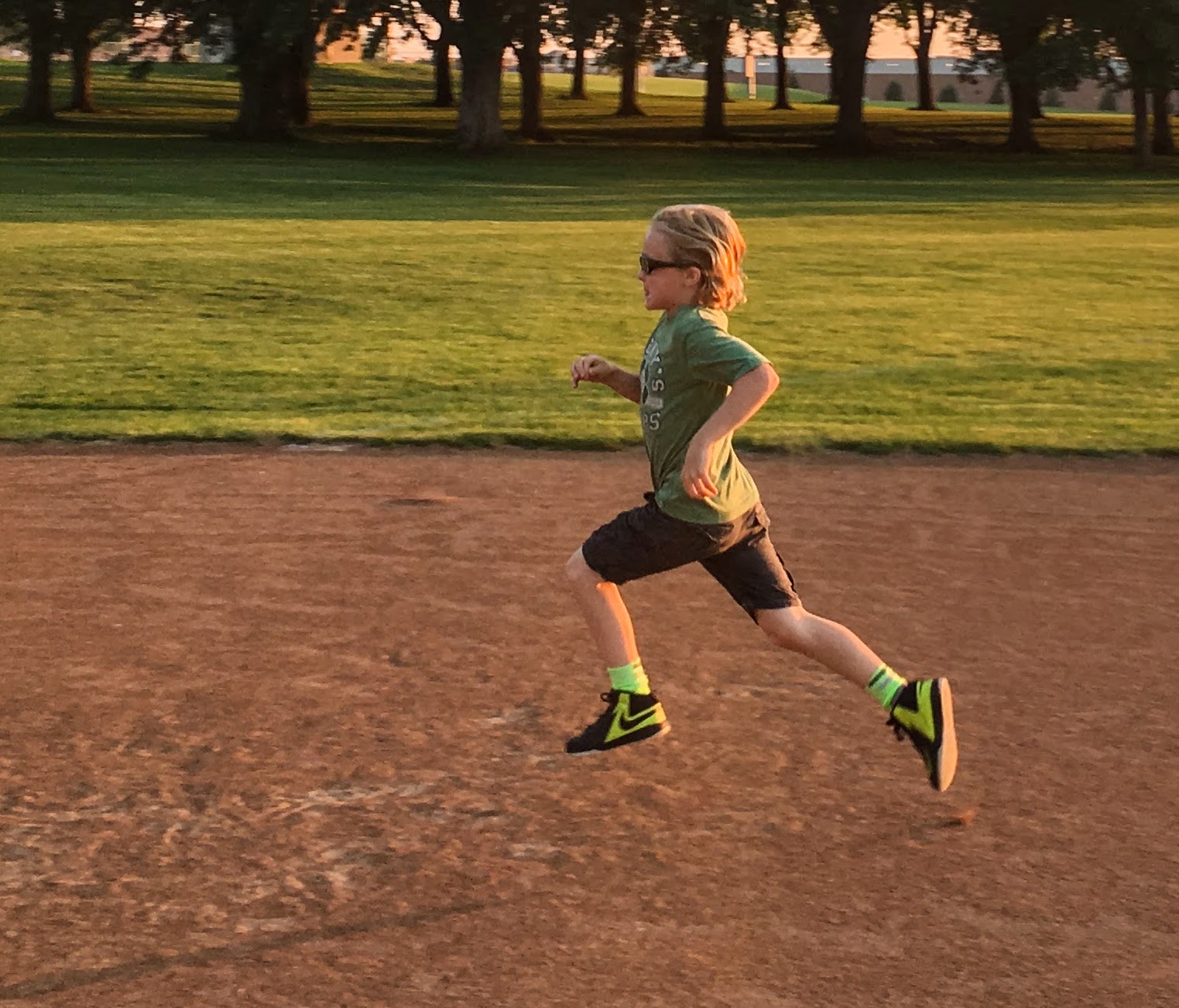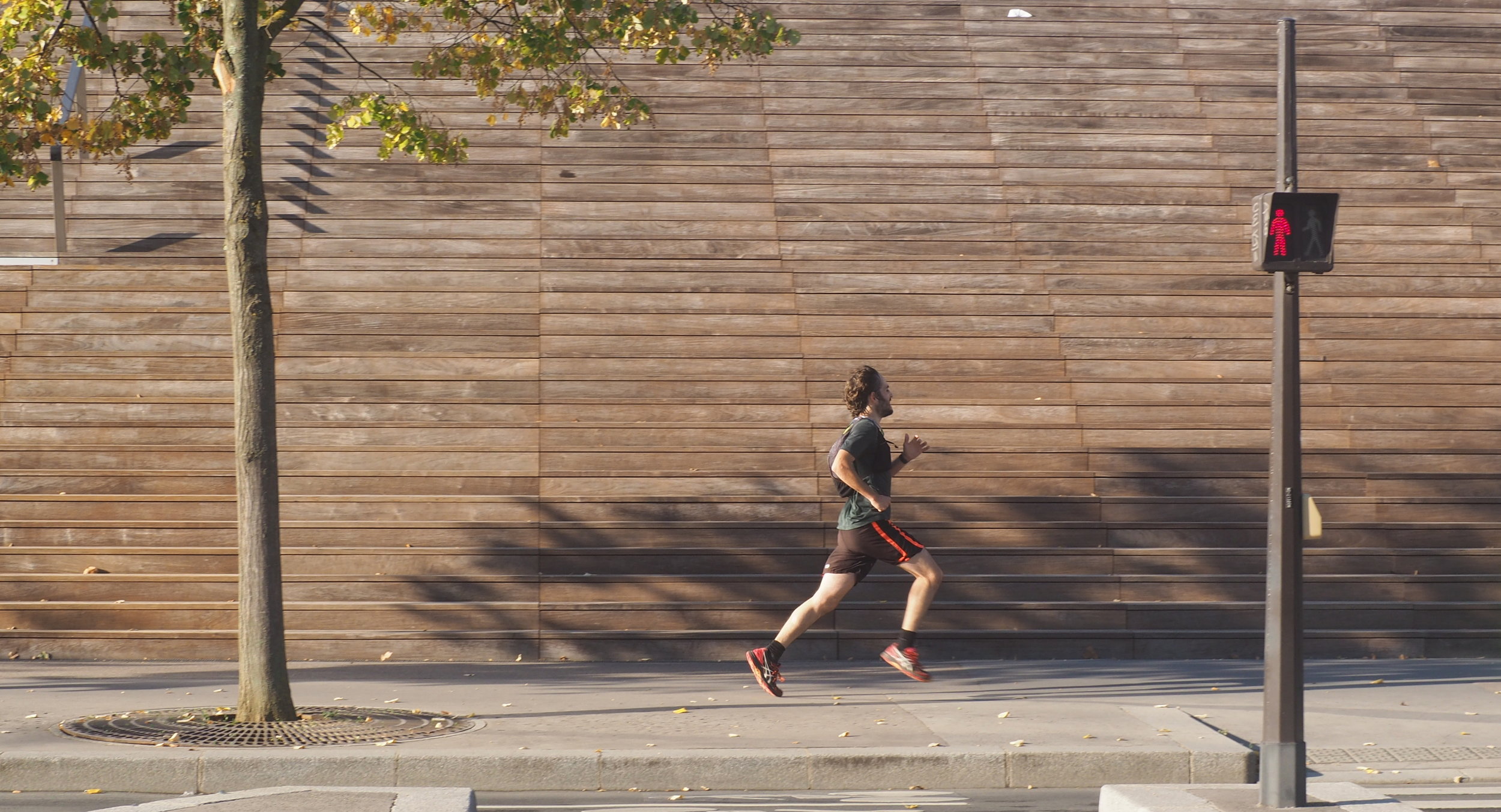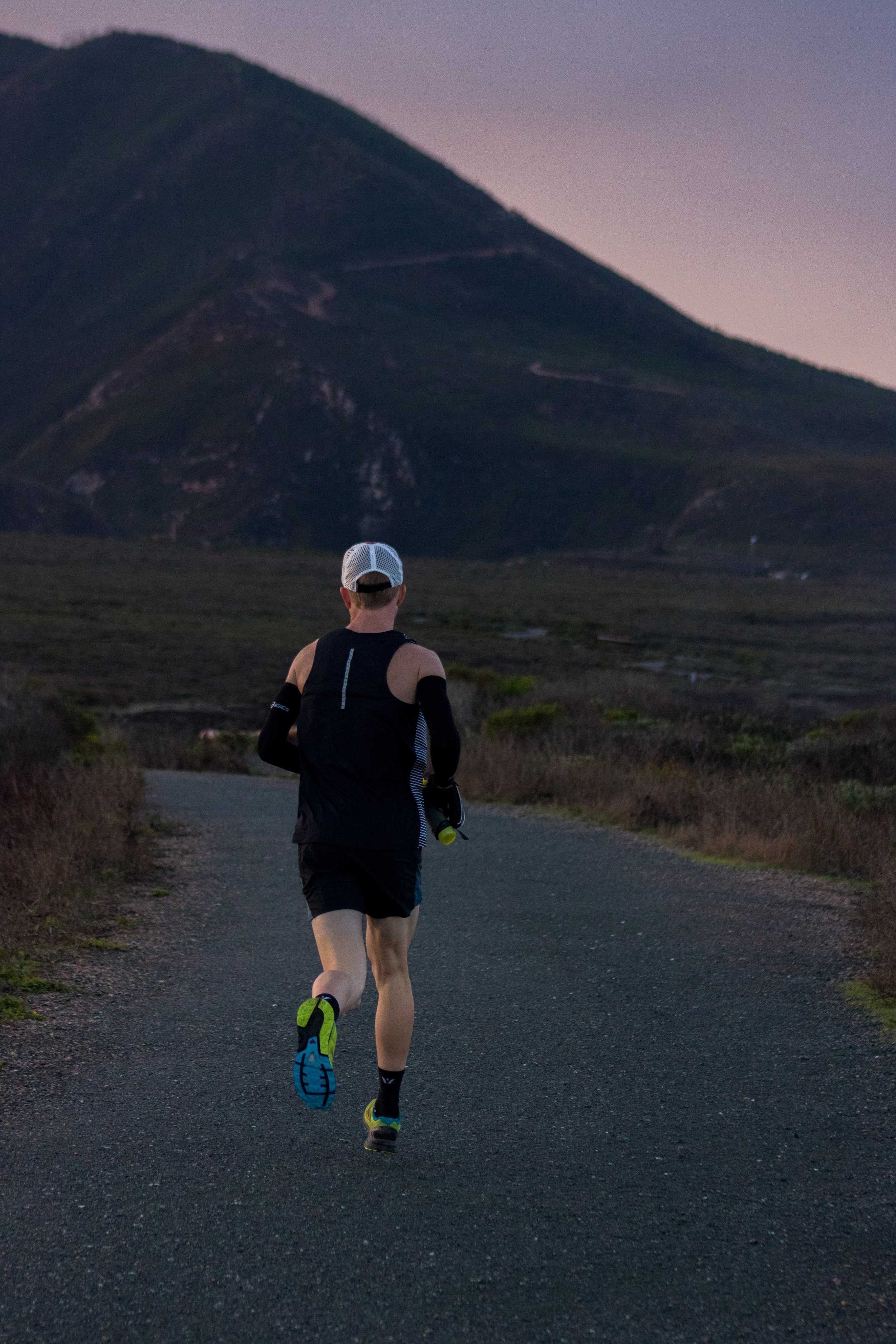#21 Run Like a Kid
SNAPSHOT
"Young people think outside the box, because they don't know there is a box. Their minds haven't been programmed to say no that's not possible." George Lucas
DIGGING DEEPER
The opportunity to raise four children that are drastically different in personality and interests has taught me so much about people and the world around us. To see these personalities grow up from day one to now almost 17 (son has made that almost point very clear), has grown me as a runner and person. With freedom children/teens observe and dare for rewards.
FREEDOM
Many children display freedom and independence from societal norms.
Watch children run. Often, they run fast as if they will never run out of energy. Children understand tangents. Instead of making wide turns or going with the racing crowd, they may take the shortest route possible. They understand how to train: using sprints, intervals, and rest at just the right points within the run. We could do well playing with running (fartlek workout) as they do.
OBSERVE
Children look around while they run, noticing the world around them. There is abundance and wonder surrounding us. Have you stopped to stare at a sunrise, lately? Do you see figures/shapes in the clouds? Do you wonder and ask questions?
DARING
On Sunday as I watched swimmers from age 6-18 power through water (a liquid wall) with limited air, I marvel at their courage and drive. You too are courageous and daring when you toe the start line of a new race. You too can believe in accomplishing the difficult.
REWARDS
Children love rewards. As a lover of games, children are quick to participate because of the chance to be the winner. Rarely do you get children’s interest without declaring what is at the end of the road, the purpose of the journey, the reward. Have you designed your running routes to involve rewards and locations of interest?
Does your box have windows and doors?
Do you, as a runner, live within others’ expectations?
What unnecessary boundaries within your training and racing have you set? Can you explore new training theories? What race have you ruled out that you need to find courage to attempt?
Consider a 10 day training week instead of 7 day.
Consider less mileage or more mileage.
Consider sprint workouts (not in cold air).
Consider running without bio feedback (no watch).
Consider racing in an open or masters track meet.




